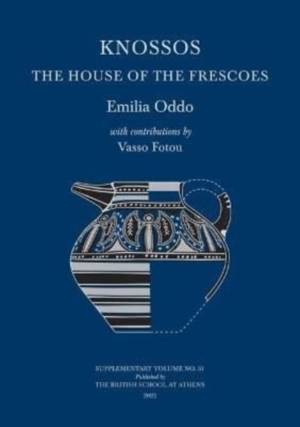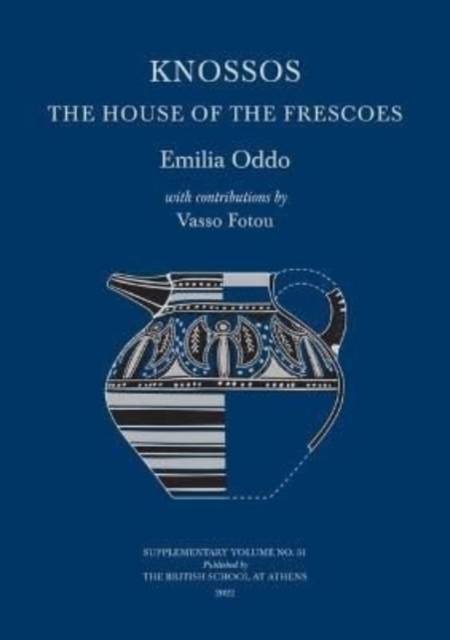
- Afhalen na 1 uur in een winkel met voorraad
- Gratis thuislevering in België vanaf € 30
- Ruim aanbod met 7 miljoen producten
- Afhalen na 1 uur in een winkel met voorraad
- Gratis thuislevering in België vanaf € 30
- Ruim aanbod met 7 miljoen producten
Zoeken
€ 251,45
+ 502 punten
Omschrijving
This volume presents a complete study of the architecture and finds from the House of the Frescoes at Knossos, a Neopalatial building uncovered by Sir Arthur Evans and Duncan Mackenzie in 1923 and 1926. Located in a prominent position, a few meters south of the Royal Road and close to both the Theatral Area and the north-west corner of the Palace, the House of the Frescoes owes its name to the large deposit of painted plaster discovered within its ruins. Reinvestigation of the House took place in 2016-2019 and included: on-site cleaning of the remains in 2018; detailed analysis of the pottery and other finds; and study of archival material from the original excavations (excerpts presented in this volume). The results offer new insights into the architecture and finds' contexts, as well as fresh perspectives on the building's occupation, purpose and abandonment. They suggest that the House of the Frescoes was a non-residential building, and instead had a public role with strong ritual connotations. Its memory survived for a while after its abandonment, as demonstrated by the structured depositions -- including the frescoes -- found within. Finally, this analysis highlights the urban context of the House of the Frescoes and its connections with the Royal Road area, where much archaeological work has been carried out after Evans. The emerging picture helps to shed further light on the character of Knossos, pre-eminent centre of Minoan Crete at the height of the Bronze Age.
Specificaties
Betrokkenen
- Auteur(s):
- Uitgeverij:
Inhoud
- Aantal bladzijden:
- 352
- Taal:
- Engels
- Reeks:
Eigenschappen
- Productcode (EAN):
- 9780904887730
- Verschijningsdatum:
- 15/09/2022
- Uitvoering:
- Hardcover
- Formaat:
- Genaaid
- Afmetingen:
- 217 mm x 304 mm
- Gewicht:
- 1664 g

Alleen bij Standaard Boekhandel
+ 502 punten op je klantenkaart van Standaard Boekhandel
Beoordelingen
We publiceren alleen reviews die voldoen aan de voorwaarden voor reviews. Bekijk onze voorwaarden voor reviews.











